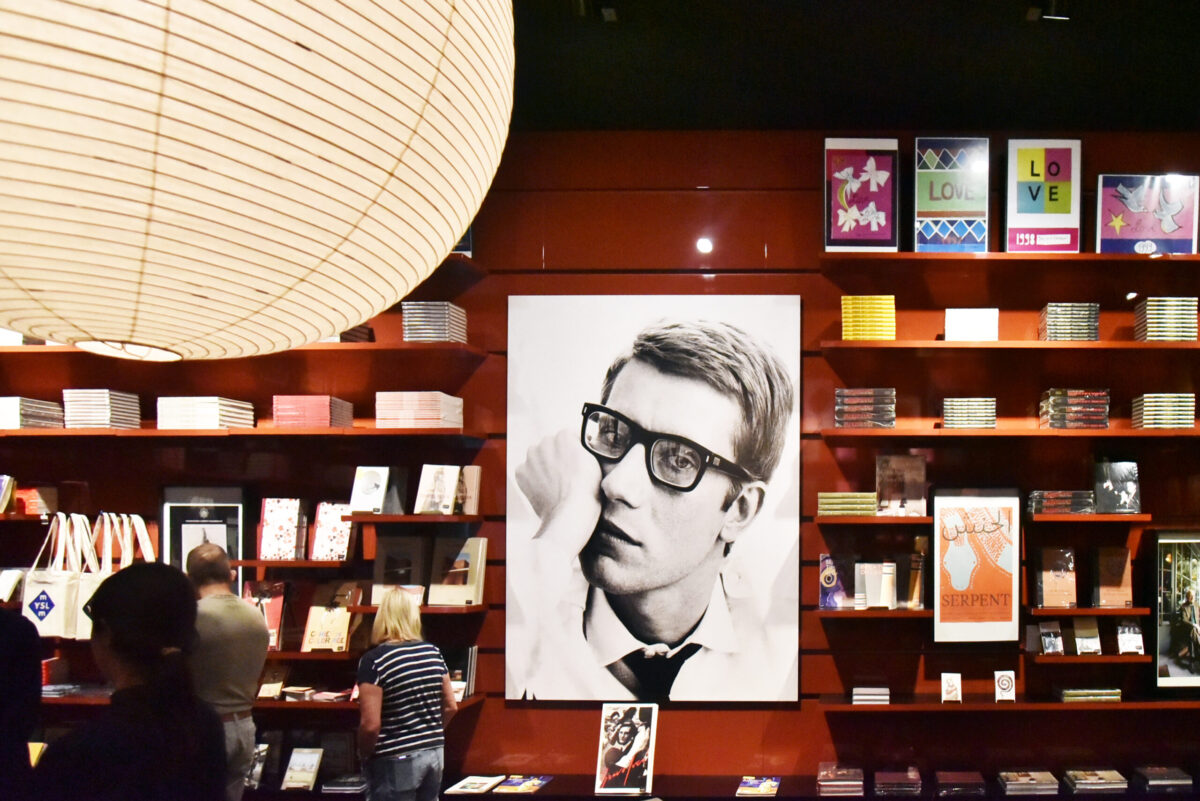
The quote “Morocco gave me colors” is often attributed to the renowned French fashion designer Yves Saint Laurent, who had a deep and abiding love for Morocco, particularly Marrakech, where he found inspiration for his designs in the vibrant colors, rich textures, and unique cultural tapestry of the country.
The quote reflects the profound influence that Morocco had on his creative vision and the way it infused his work with a vivid and eclectic palette.
Yves Saint Laurent first visited Marrakech in 1966 and instantly fell in love with the vibrant colors, rich textures, and unique atmosphere of the city. He and his partner, Pierre Bergé, bought a house named Villa Oasis in the Majorelle Garden, a place that would become a haven for the designer.
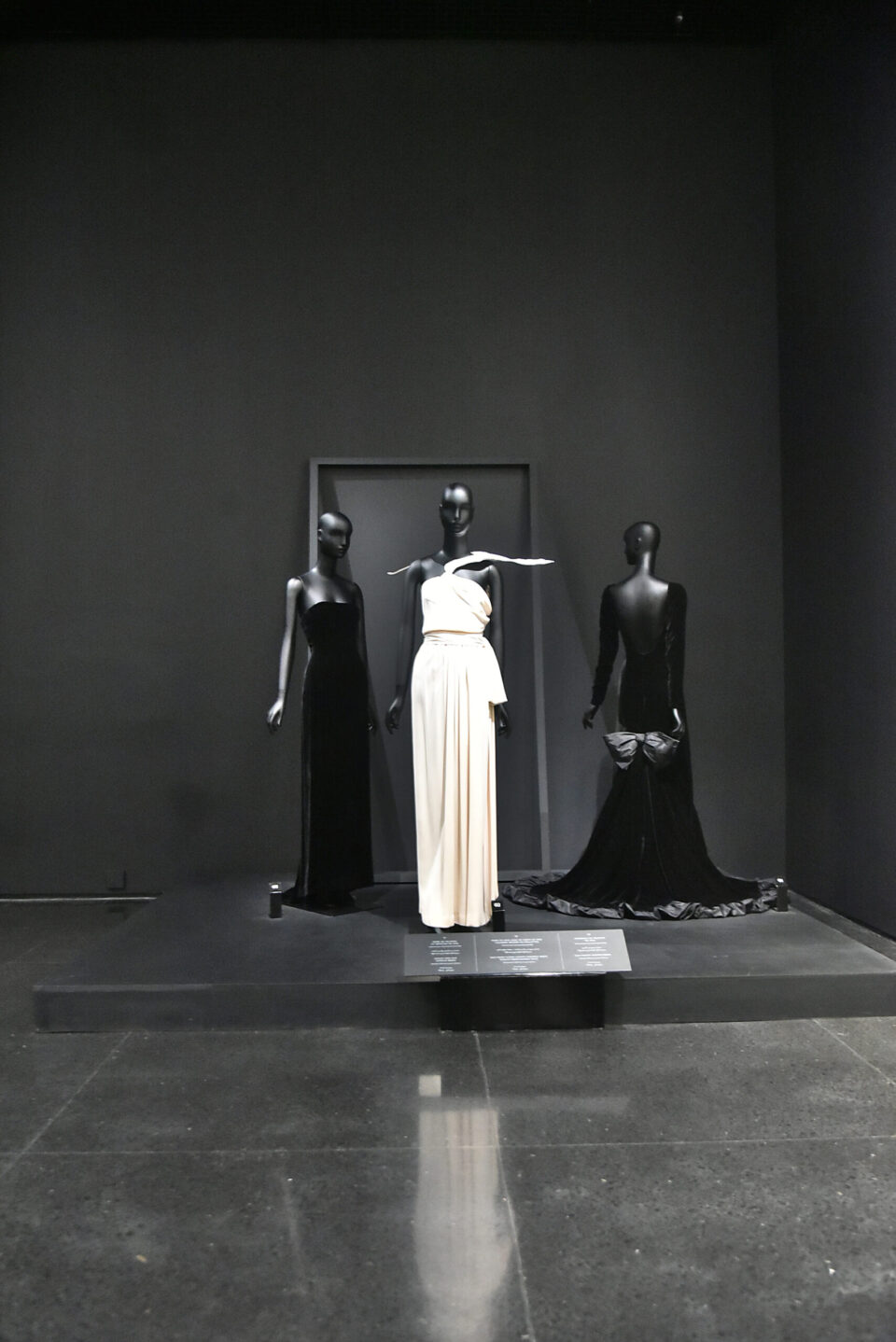
Morocco, particularly Marrakech, served as a continuous source of inspiration for Yves Saint Laurent’s fashion designs. The vibrant colors, intricate patterns, and traditional Moroccan clothing deeply influenced many of his iconic collections. The interplay between French haute couture and Moroccan craftsmanship became a signature element in his work.
The garden, originally created by French painter Jacques Majorelle, became a place of inspiration and creativity for Saint Laurent
Yves Saint Laurent would travel to Marrakech for a fortnight on 1st December and 1st June of each year in order to design his haute couture collections. Morocco, a country he visited for the first time in 1966, was to have a major influence on his work – particularly his colours.
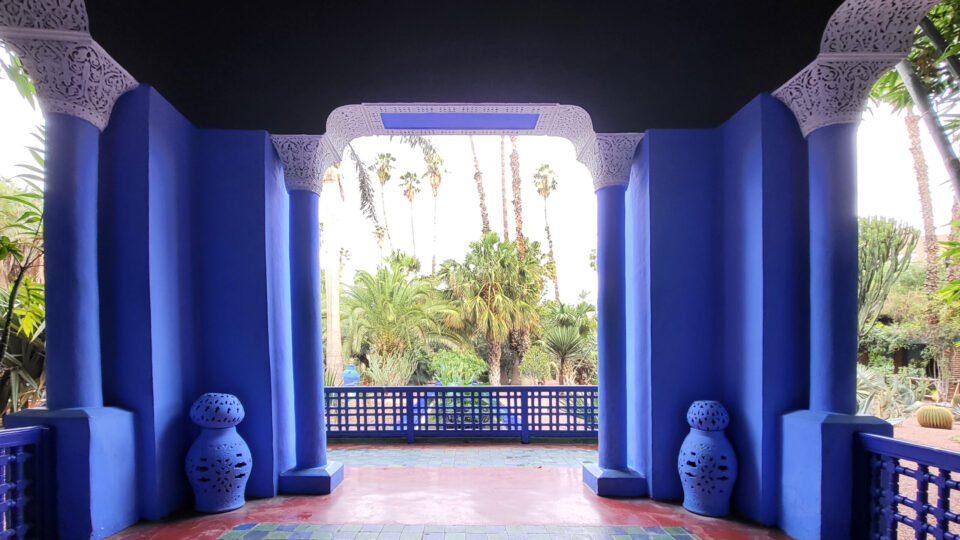
Yves Saint Laurent and Pierre Bergé purchased the Jardin Majorelle, a stunning botanical garden in Marrakech, in 1980. The garden, originally created by French painter Jacques Majorelle, became a place of inspiration and creativity for Saint Laurent. After his passing, a memorial to Yves Saint Laurent was added to the garden.
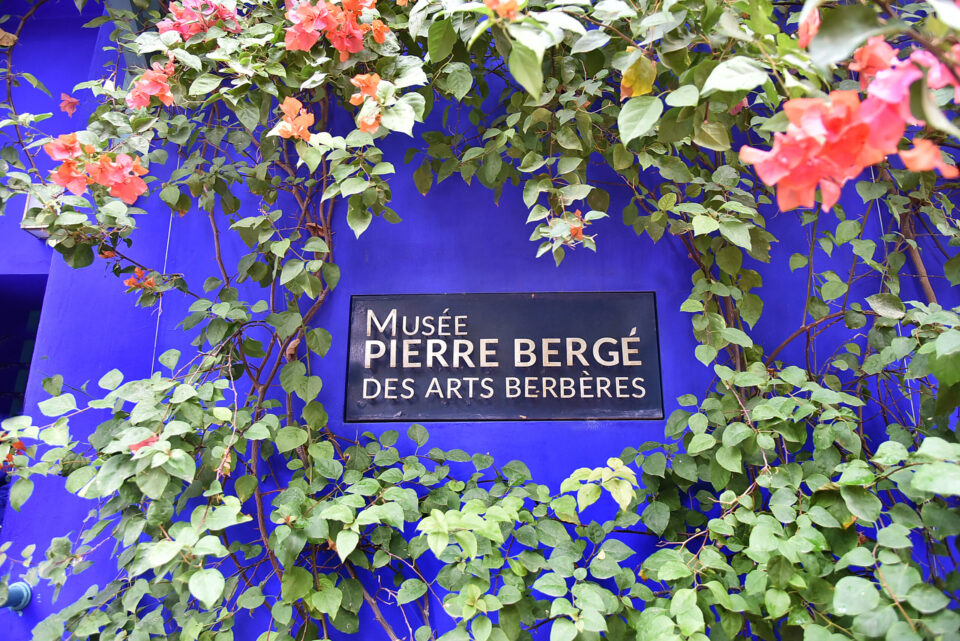
In 2017, the Musée Yves Saint Laurent Marrakech (MYSLM) was inaugurated in Marrakech, near the Jardin Majorelle. The museum showcases the designer’s work, highlighting his connection to Morocco and the impact of Moroccan aesthetics on his creations. His designs often incorporated elements of Moroccan culture, including the use of caftans and traditional Berber jewelry. He had a deep appreciation for the craftsmanship and artistry found in Moroccan textiles and accessories. Yves Saint Laurent’s love for Morocco influenced his personal life and design aesthetic and left a lasting impact on the fashion industry. His ability to blend Western and Eastern influences, modernity, and tradition set him apart as a visionary designer.
Yves Saint Laurent’s love for Morocco influenced his personal life and design aesthetic and left a lasting impact on the fashion industry
“When Yves Saint Laurent first discovered Marrakech in 1966, he was so moved by the city that he immediately decided to buy a house here and returned regularly. It feels perfectly natural, fifty years later, to build a museum dedicated to his oeuvre, which was so inspired by this country,” said Pierre Bergé on the occasion of the opening of the Museum. He joined his partner’s memorial at the garden when he died in 2017 at the age of 86.
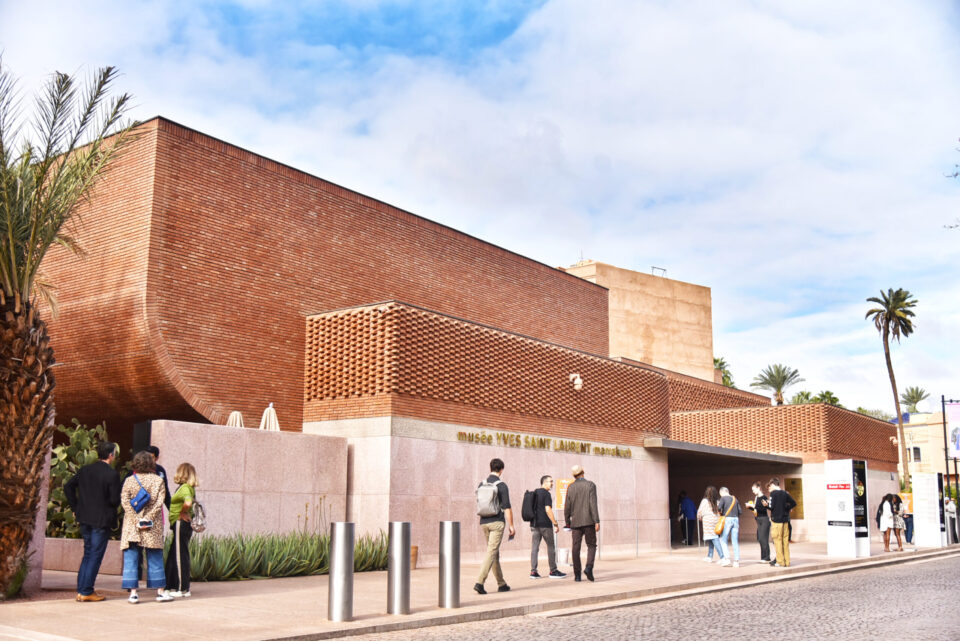
Yves Saint Laurent’s relationship with Morocco was more than a mere inspiration; it was a profound connection that shaped his creative vision and left an enduring mark on the cultural landscape of both the fashion world and Morocco itself.
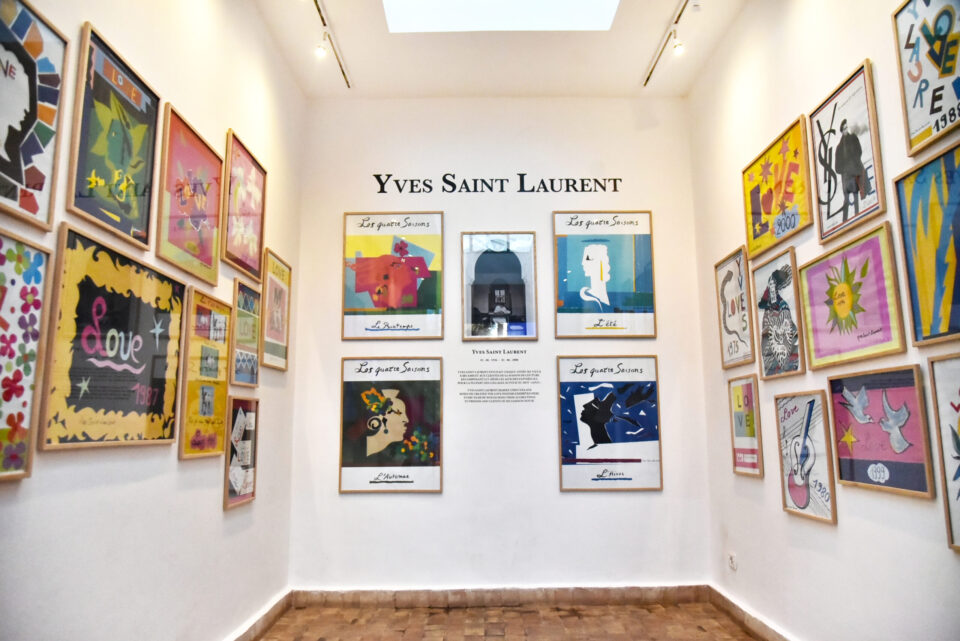
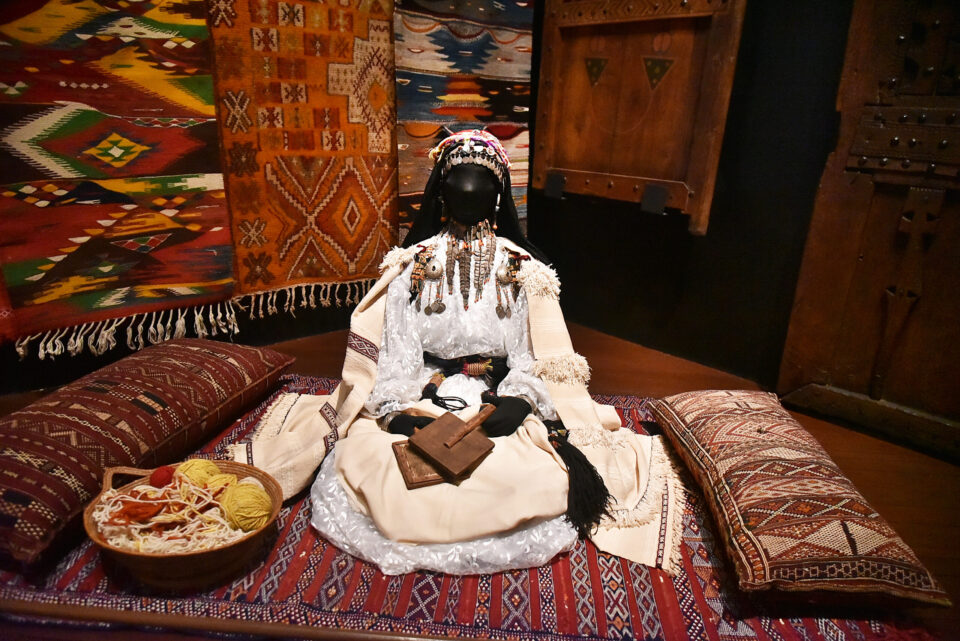
THE BERBER MUSEUM
In 2011, the Berber Museum was officially inaugurated under the High Patronage of His Majesty Mohammed VI, King of Morocco. Located in the former painting studio of Jacques Majorelle, the museum offers a rich panorama of the extraordinary creativity of the Berber people, the most ancient of North Africa. More than 600 objects from the Rif to the Sahara Desert, collected by Pierre Bergé and Yves Saint Laurent, demonstrate the richness and diversity of this still-vibrant culture. Everyday and ceremonial objects attest to the know-how, both material and immaterial, found in Berber culture. Jewellery, a sign of tribal identity and of the social status of the woman wearing it, plays a central role at the museum. Garments, fi nery, and accessories also reflect a Berber identity. The museum visit ends in a room where costumes, weapons, weavings, carpets, decorated doors, and musical instruments can also be admired.